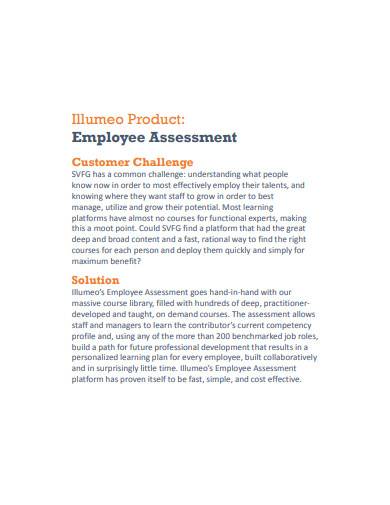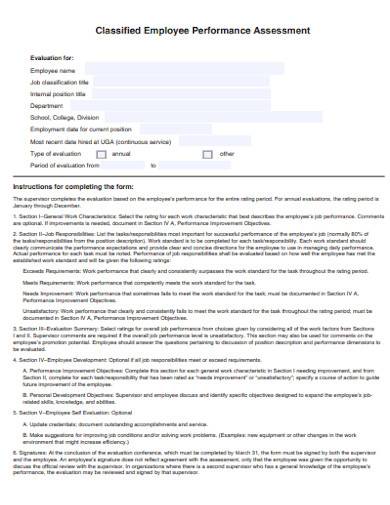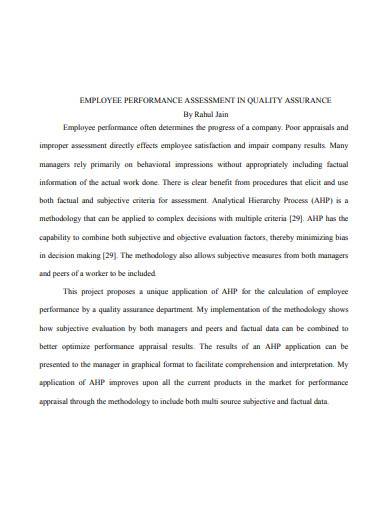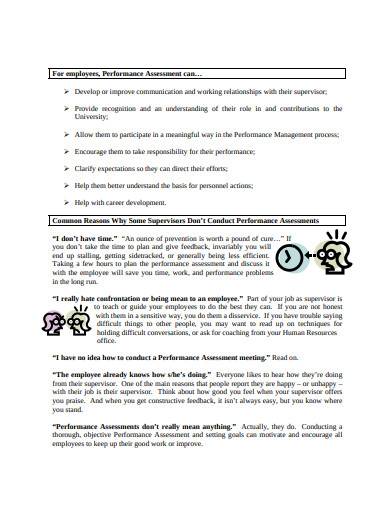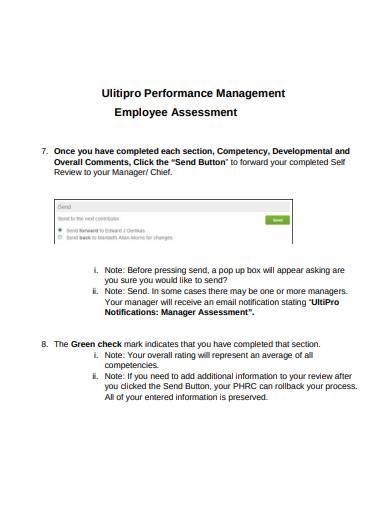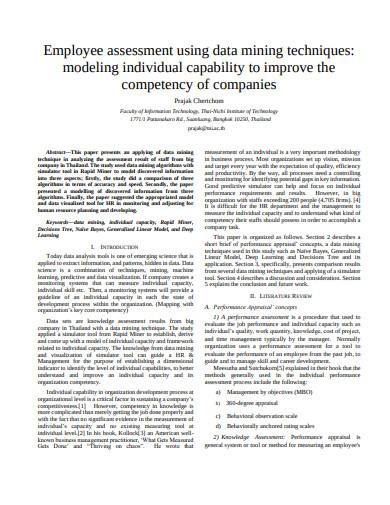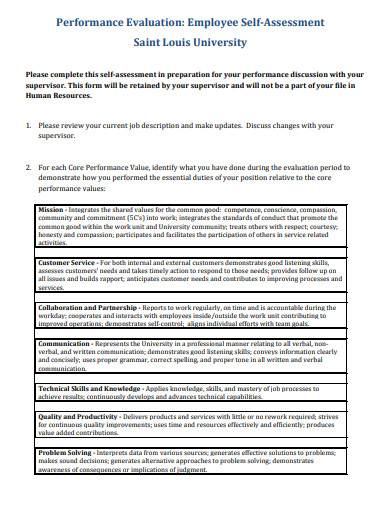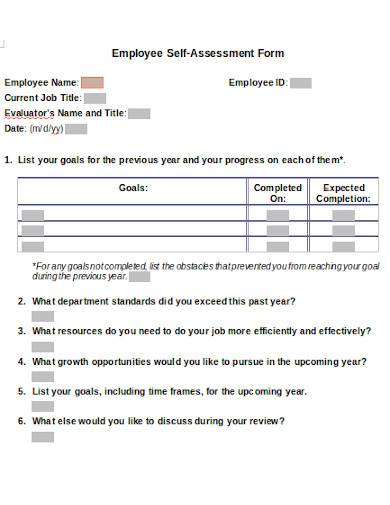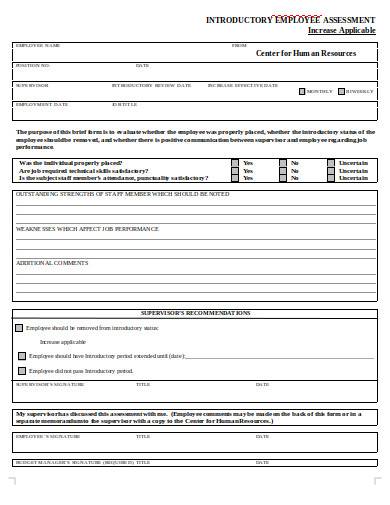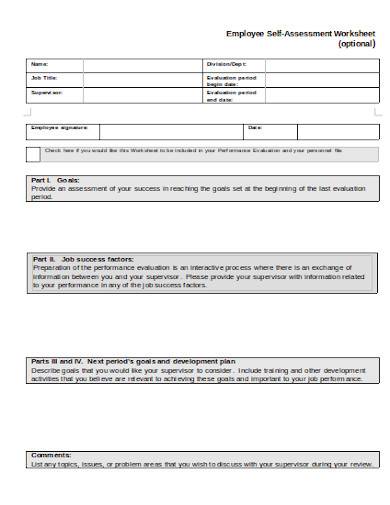No matter how good something seems, it doesn’t mean it’s the best choice for you. You need to evaluate something for you to see if it matches you or not. Just like with clothes, before you buy a shirt, you need to try it on first to see it looks good on you. It would help if you studied how well something could work for you. Even if something has so many appealing qualities, if you can’t utilize them, it’s not worth it. Just like with work, no matter how good the employee performance is, if his qualities don’t match the conditions you need, you might need to get him off your team. This process is what you call employee assessment.
Not everything is a one-person show. No company will survive without any employees. But before you can officially add new hires into your team, you need to conduct employee assessment. This kind of review is a way of seeing if you have the right staff for the job. Employee evaluation isn’t just for new hires; it also helps employers decide if an employee deserves a promotion and raise, or is he ground for termination. Team leaders, in partnership with the human resource department, are usually the ones who conduct the employee assessment. To make things easier, companies use evaluation forms to record data.
Importance of Employee Assessment
Employers can just decide if they want to give their employees a prize or punishment. There must always be a basis for their decisions. That’s what makes employee assessments important. They serve as evidence if an employee is performing well or if he is doing poorly. Assessment programs also remind employees that there are clear expectations set for them by their superiors. Employee self-assessment also helps for them to see if their performance is excellent or not. The assessment holds all the information needed to determine the status of an employee. It also determines if there are employees that need improvement plans.
Practical Methods
It’s easy to believe that reports are the only way to assess the performance of an employee. There are actually a couple of methods you can utilize. Sticking to one might not be the best option for you. Not all these methods are the perfect match for your company, that is why you need to test them out to see which works for you.
360-degree Feedback
Your managers and supervisors are not the only ones who notice your performance. The 360 feedback is a process that takes multiple evaluation levels to assess your development fully. This includes reviews from superiors, peers, and self-assessment.
SWOT
Knowing your strengths and weaknesses is part and parcel of assessment. That is why employers also use SWOT analysis to evaluate the performance of an employee.
Performance Interview
Talking to your employees can also be an excellent way to assess their performance. One on one interview evaluation can give you the answers you need for assessment.
11+ Employee Assessment Samples
Employee reviews are vital for any company. To give you more insight into what this evaluation is, here are 11+ employee assessment samples you can look into.
1. Employee Assessment
2. Employee Self-Assessment
3. Classified Employee Performance Assessment
4. Employee Performance Assessment in Quality Assurance
5. Conducting Employee Performance Assessment
6. Management Employee Assessment
7. Performance Management Employee Assessment Sample
8. Employee Assessment Using Data Mining Techniques
9. Employee Self-Assessment Sample
10. Employee Self-Assessment Form
11. Introductory Employee Assessment
12. Employee Self-Assessment Worksheet
Tricks for Assessment
Assessing your employee’s performance is crucial for development. You need to make sure your employees are the right fit for your company. But crafting an assessment program doesn’t need an intensive action plan. You just need to remember a couple of steps, and you’re good to go.
1. Schedule the Assessment
It’s best if you schedule your assessment with your staff ahead of time. You can’t just shock them with a sudden interview schedule. Give them time to prepare. This is also the time for them to discuss with you some issues they may be facing that could affect their performance.
2. Define the Purpose
There is always a purpose for the assessment. It would help if you clarified what it is. You need to clarify some points for you to make a clear assessment. Write down if you are going to assess the employee’s attendance, productivity, or even cooperation. All these things are vital for you to get the most relevant information.
3. Set Some Standards
One purpose of the evaluation is to see if your team reaches the clear standards you have set. You can actually use the job description as the standards you can use to measure your employee’s performance. If they still carry the same qualities you need, then you’ve had a proper assessment.
4. Make it a Conversation
Make your review an open discussion. Don’t try to control the conversation. Let them speak their side of the story. You never know, there may be some challenges they face that aren’t present in the business reports you base your reviews with. Don’t ignore these possible factors.
5. Don’t Beat Them Up
More often than not, your employees already know they aren’t performing as well as they should. It would help if you didn’t give them a hard time about it. Beating them about their performance can only demotivate them. Comfort them; for every negative comment, you must back it up with a positive statement.
6. Plan for the Future
The best way to improve is to plan for the future. You and your employee can come up with a strategic plan for him to improve. Customize the program to fit your employee’s work strategy and personality. This can help motivate him to work harder for the future.
Having employees that are the perfect fit for your company is excellent for growth. Assess your team carefully, and you can get the best team for any company.
Related Posts
7+ Sample Employee Evaluation Form
7+ Sample HR Evaluation Form
8+ Sample Self Assessment Form
6+ Self Assessment
8+ Sample Employee Self Evaluation Form
7+ Employee Self-Assessment Samples
9+ Employee Self-Assessment Example
FREE 39+ Sample Employee Evaluation Forms
5+ Job Self-Assessment Sample - Examples
FREE 14+ Sample Employee Self Evaluation Form
9+ Performance Assessment Example
10+ Employee Performance Evaluation
Sample Employee Evaluation Form
7+ Sample HR Evaluation Form
8+ Sample Self Assessment Form

